Flamingos always make a splash with their bright pink hues and one-leg balancing acts. Let’s dive beak-first into this fascinating world and learn some intriguing flamingo facts!
The whys and Hows of Flamingo Peculiarities
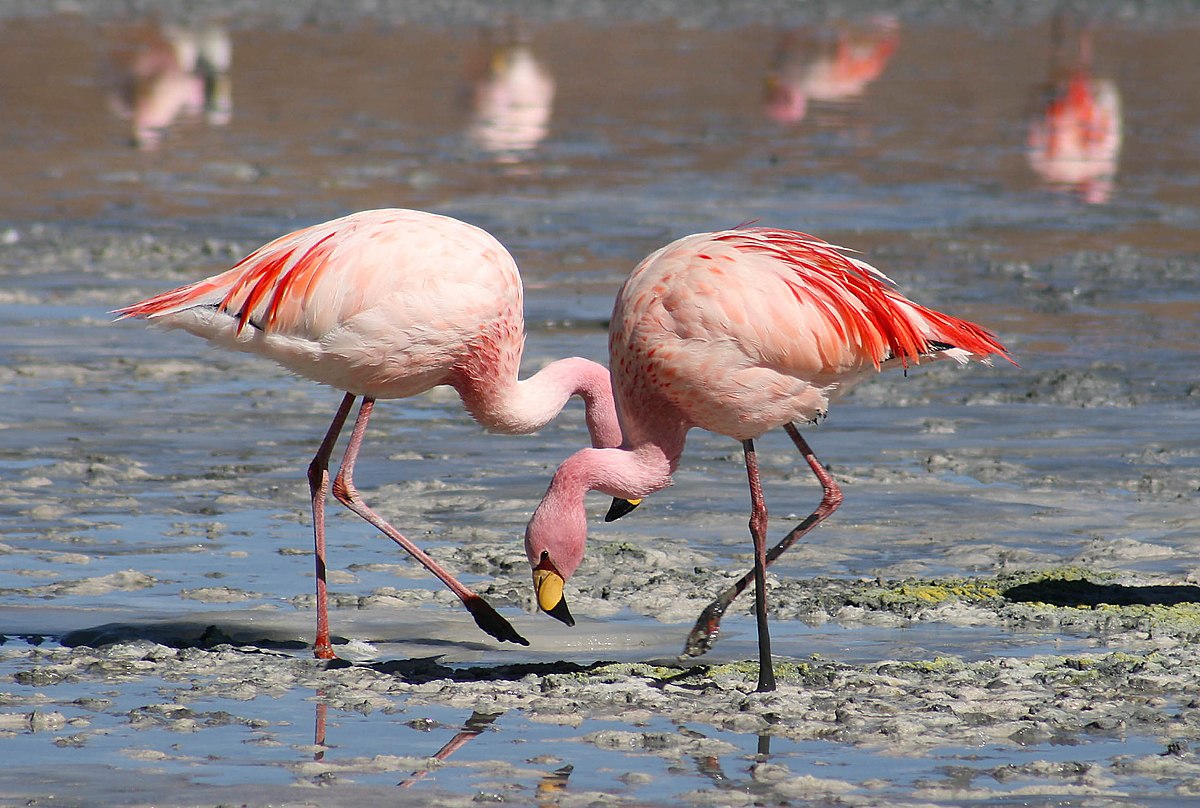
Ever wondered why flamingos spend so much of their time perfectly poised on one leg? Or why shrimp dining give them that vibrant pink shade? Well, these intriguing behaviors are all part of the rich tapestry of flamingo facts. Putting it simply, a flamingo’s one-legged stance is its most comfortable and restful position. That unique pink color? It’s the unique product of dining on beta-carotene-rich crustaceans and algae.
Exciting Flamingo Facts: the Lesser-Known Details
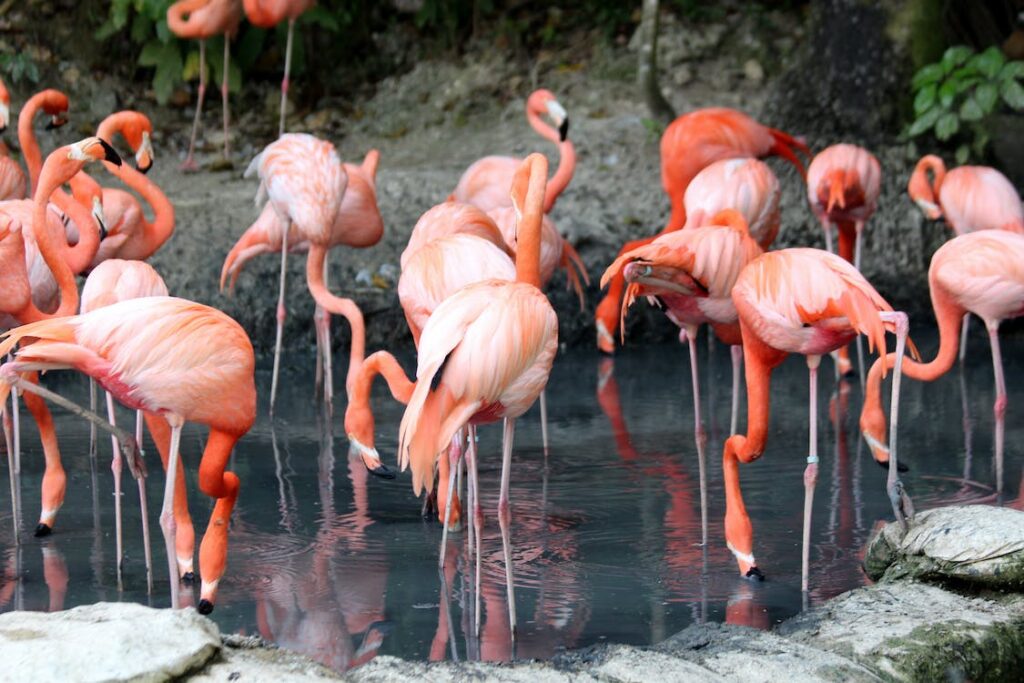
Flamingos are not just great to look at. They come with a range of awe-inspiring flamingo facts that make them even more enchanting. Despite their graceful demeanors, flamingos can and do fly, forming massive and hypnotic flocks during their journeys. Another surprising bit of trivia is their synchronized group activities. Think of synchronized swimmers but on land and feathered!
Colossal Colonies and Impressive Lifespans
Did you know flamingo colonies can span from a dozen to tens of thousands? These large, sociable groups provide a secure and interactive environment for flamingos. To top it off, their lifespan is quite impressive too! Flamingos usually outlive many other bird species, living around 15-20 years in the wild, and even longer in captivity.
The Beauty of Nature: Flamingo Nesting
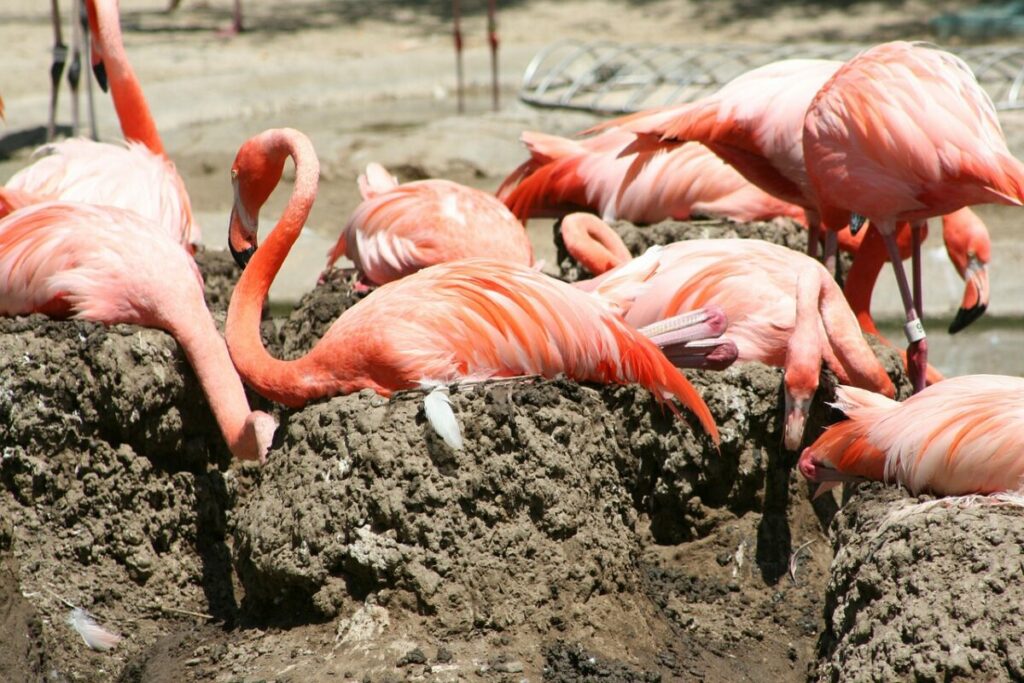
From their one-of-a-kind bill shapes to their unmistakable pink hue, every aspect of flamingos leaves us awe-struck, including their humble nests. Built from mud, stones, and feathers, flamingo nests take simplicity to a whole new level. The best part? Both parents share the responsibility of incubating the single egg they lay.
The Threat Flamingos Face
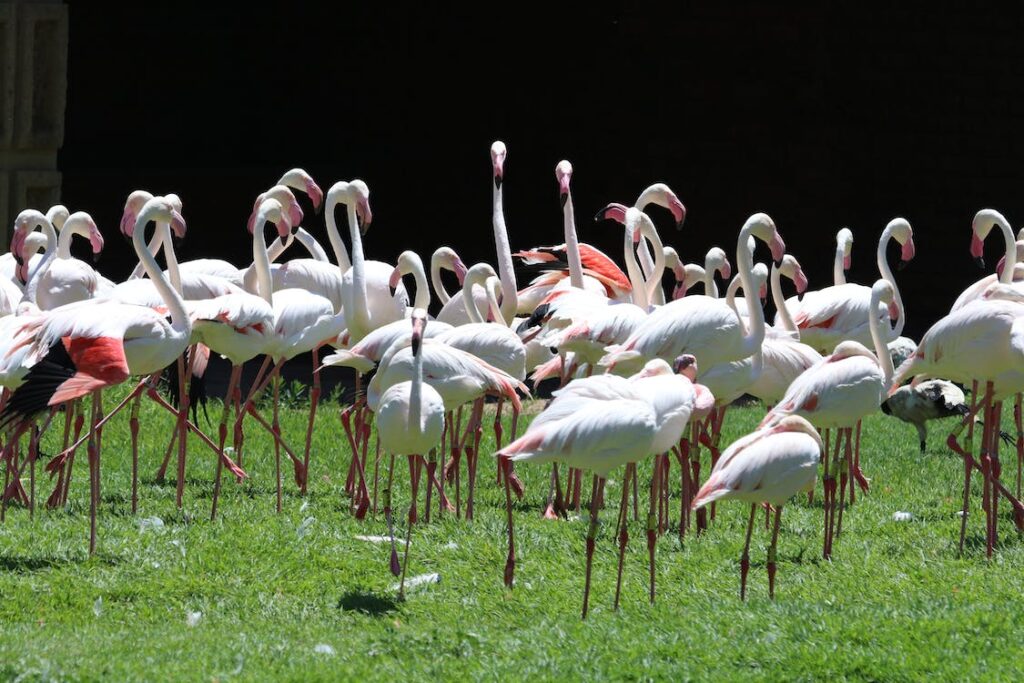
Out of the five species of flamingos, two are currently in need of conservation efforts according to their status in the Andes. Particularly in harm’s way are James’ flamingos, which were once mistakenly declared extinct. Unfortunately, natural habitat alteration or destruction by humans is the constant threat these unique birds face.
The Flamingo Feast
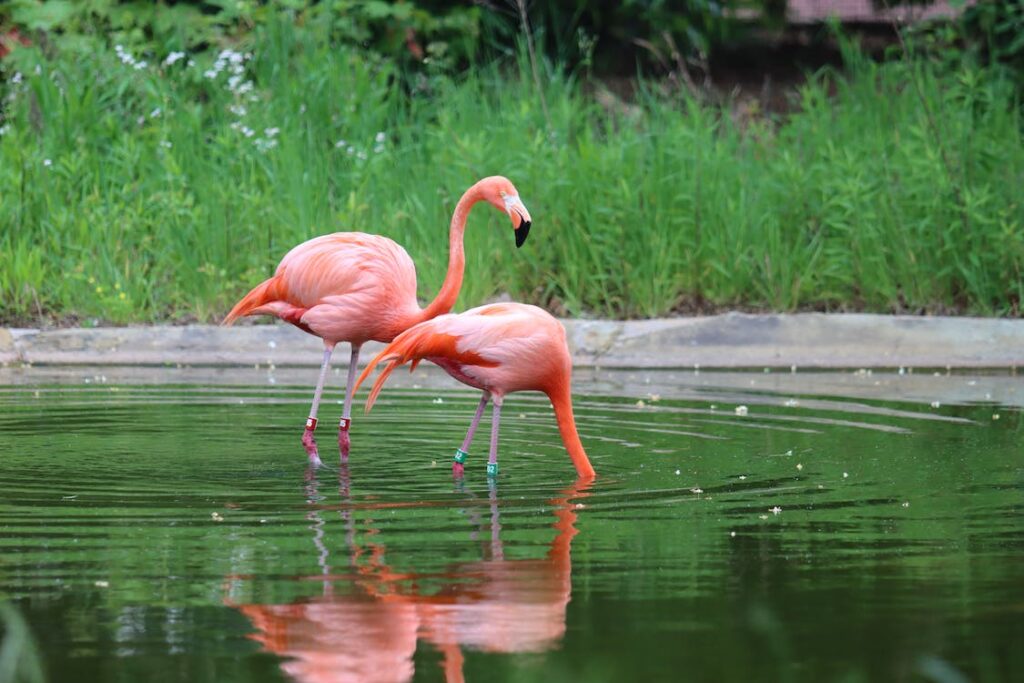
Our exploration of flamingo facts would not be complete without touching on their feeding habits. These birds have a peculiar sense of taste, along with an equally unusual method of eating, which involves turning their heads upside down. Sounds bizarre? Maybe, but it’s all part of a flamingo’s unique charm. Interestingly, they prefer salty water for their meals, but opt for fresh water when they drink.
Each quirk, each behavior, sheds a new light on this amazing avian species. Keep watching them, keep learning about them, and we guarantee, you won’t be disappointed.
Related Resources: